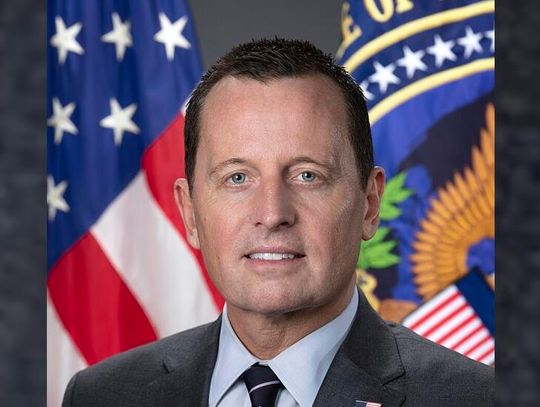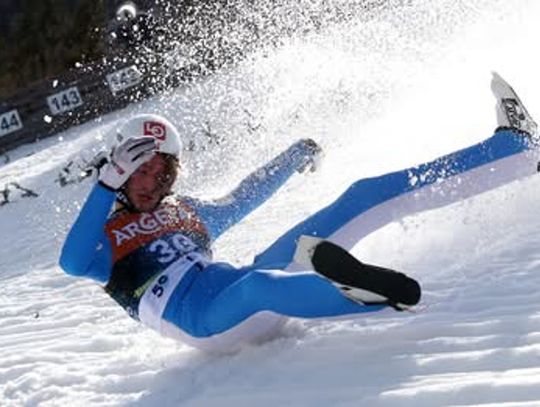Kurdyjski dowódca: IS użyła chloru w trzech atakach na północy Iraku (ZOBACZ ZDJĘCIA)
- 03/16/2015 02:53 PM
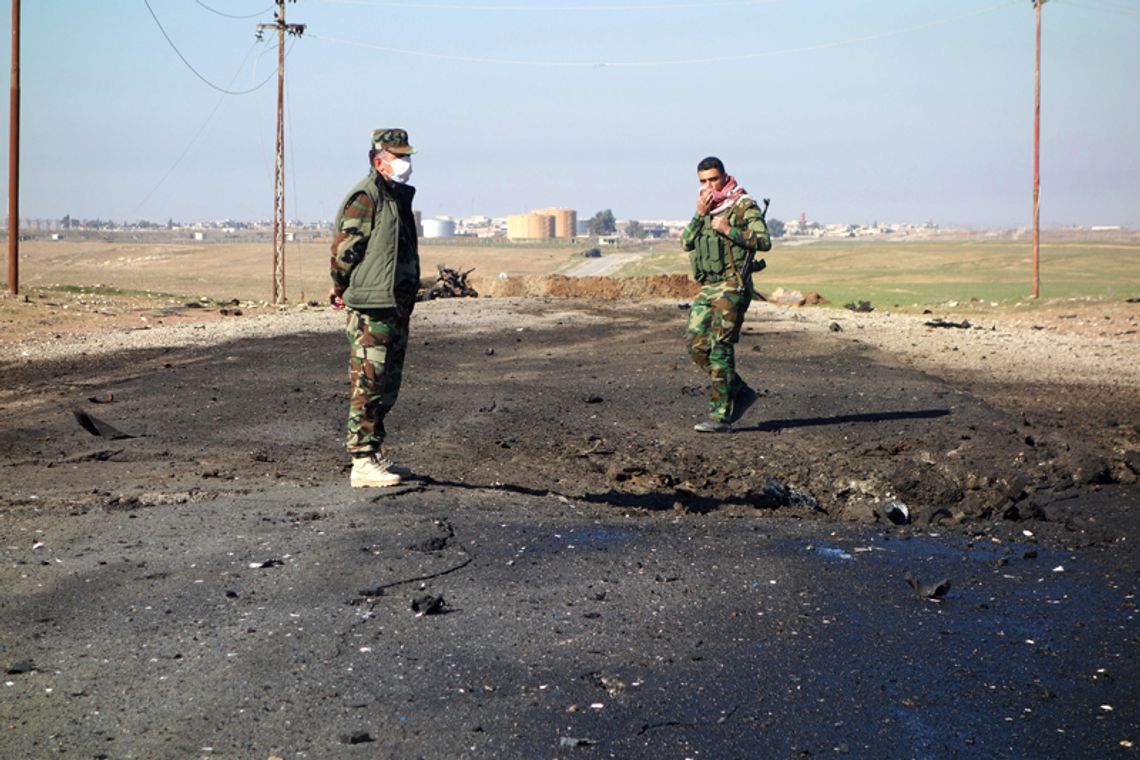
Generał Aziz Waisi wskazał, że jego oddziały były wystawione na działanie broni chemicznej. Jak powiedział, dżihadyści użyli chloru podczas grudniowego ataku na Sindżar oraz w dwóch innych atakach dokonanych w styczniu na zachód od Mosulu.
Wśród wymienionych przez kurdyjskiego dowódcę ataków był ten z 23 stycznia, o którym poinformowały w niedzielę władze autonomicznego regionu Kurdystanu. Więcej szczegółów nie podano.
Do ataku tego miało dojść na drodze między drugim co do wielkości irackim miastem, Mosulem, a granicą syryjską, gdy Kurdowie próbowali przejąć kontrolę nad tą kluczową dla IS trasą dostaw. Pojemniki z chlorem miały znajdować się w ciężarówce prowadzonej przez zamachowca samobójcę. Po ataku peszmergowie znaleźli na miejscu "około 20 pojemników po gazie" - podał rząd irackiego Kurdystanu.
W przeszłości także władze centralne Iraku i kurdyjscy bojownicy w Syrii oskarżali IS o stosowanie niskiej klasy broni chemicznej wobec przeciwników.
IS kontroluje znaczne obszary w Iraku i sąsiedniej Syrii, ma też przyczółki w Egipcie i Libii.(PAP)
fot.Kurdistan Regional Security Council/EPA
Zamieszczone na stronach internetowych portalu www.DziennikZwiazkowy.com materiały sygnowane skrótem „PAP” stanowią element Codziennego Serwisu Informacyjnego PAP, będącego bazą danych, którego producentem i wydawcą jest Polska Agencja Prasowa S.A. z siedzibą w Warszawie. Chronione są one przepisami ustawy z dnia 4 lutego 1994 r. o prawie autorskim i prawach pokrewnych oraz ustawy z dnia 27 lipca 2001 r. o ochronie baz danych. Powyższe materiały wykorzystywane są przez Alliance Printers and Publishers na podstawie stosownej umowy licencyjnej. Jakiekolwiek ich wykorzystywanie przez użytkowników portalu, poza przewidzianymi przez przepisy prawa wyjątkami, w szczególności dozwolonym użytkiem osobistym, jest zabronione.
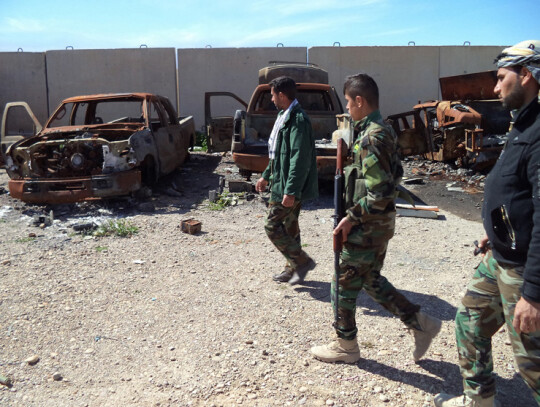
Military barracks in Tikrit
epa04662551 Iraqi soldiers inspect army trucks reportedly destroyed by Islamic State fighters at a military barracks near Tikrit, northern Iraq, 14 March 2015. Iraq's Kurdish authorities claimed to have evidence that Islamic State militants used chlorine gas as a chemical weapon, according to media reports on 14 March. EPA/ALI MOHAMMED

epa04663572 An undated handout picture made available by the Kurdistan Regional Security Council (KRSC) 15 March 2015, shows a canister beside discolored ground at the site of an alleged chemical attack carried out by fighters from the group calling themselves the Islamic State (IS) on Kurdish troops between Mosul and the Syrian border, Nineveh Province, Iraq. The alleged chemical incident took place 23 January, and according to the KRSC the presence of chlorine in soil and on clothing has been confirmed by certified EU laboratory tests, while other attacks utilising the gas have been reported in other areas where fighting continues against IS. EPA/KURDISTAN REGIONAL SECURITY COUNCIL / HANDOUT HANDOUT EDITORIAL USE ONLY/NO SALES
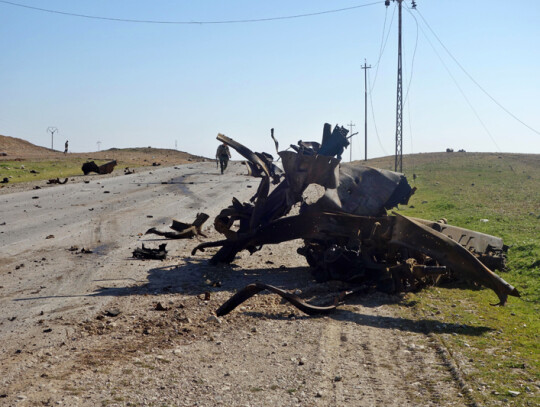
Kurdistan Regional Security Council claims evidence of chemical attack
epa04663570 An undated handout picture made available by the Kurdistan Regional Security Council (KRSC) 15 March 2015, shows the wreckage of a vehicle at the site of an alleged chemical attack carried out by fighters from the group calling themselves the Islamic State (IS) on Kurdish troops between Mosul and the Syrian border, Nineveh Province, Iraq. The alleged chemical incident took place 23 January, and according to the KRSC the presence of chlorine in soil and on clothing has been confirmed by certified EU laboratory tests, while other attacks utilising the gas have been reported in other areas where fighting continues against IS. EPA/KURDISTAN REGIONAL SECURITY COUNCIL / HANDOUT HANDOUT EDITORIAL USE ONLY/NO SALES
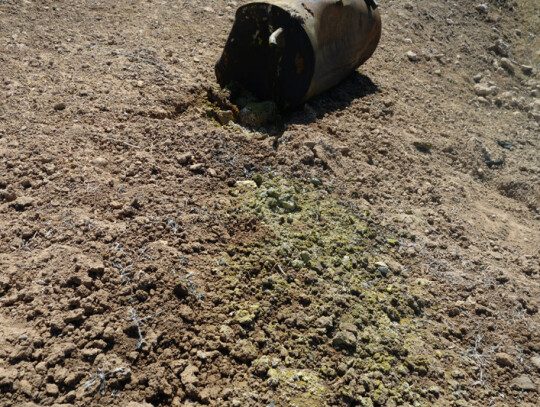
Kurdistan Regional Security Council claims evidence of chemical attack
epa04663571 An undated handout picture made available by the Kurdistan Regional Security Council (KRSC) 15 March 2015, shows a canister beside discolored ground at the site of an alleged chemical attack carried out by fighters from the group calling themselves the Islamic State (IS) on Kurdish troops between Mosul and the Syrian border, Nineveh Province, Iraq. The alleged chemical incident took place 23 January, and according to the KRSC the presence of chlorine in soil and on clothing has been confirmed by certified EU laboratory tests, while other attacks utilising the gas have been reported in other areas where fighting continues against IS. EPA/KURDISTAN REGIONAL SECURITY COUNCIL / HANDOUT HANDOUT EDITORIAL USE ONLY/NO SALES
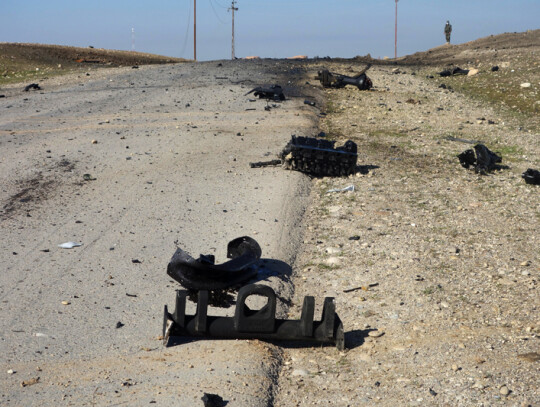
Kurdistan Regional Security Council claims evidence of chemical attack
epa04663578 An undated handout picture made available by the Kurdistan Regional Security Council (KRSC) 15 March 2015, shows a general view of the site of an alleged chemical attack carried out by fighters from the group calling themselves the Islamic State (IS) on Kurdish troops between Mosul and the Syrian border, Nineveh Province, Iraq. The alleged chemical incident took place 23 January, and according to the KRSC the presence of chlorine in soil and on clothing has been confirmed by certified EU laboratory tests, while other attacks utilising the gas have been reported in other areas where fighting continues against IS. EPA/KURDISTAN REGIONAL SECURITY COUNCIL / HANDOUT HANDOUT EDITORIAL USE ONLY/NO SALES




